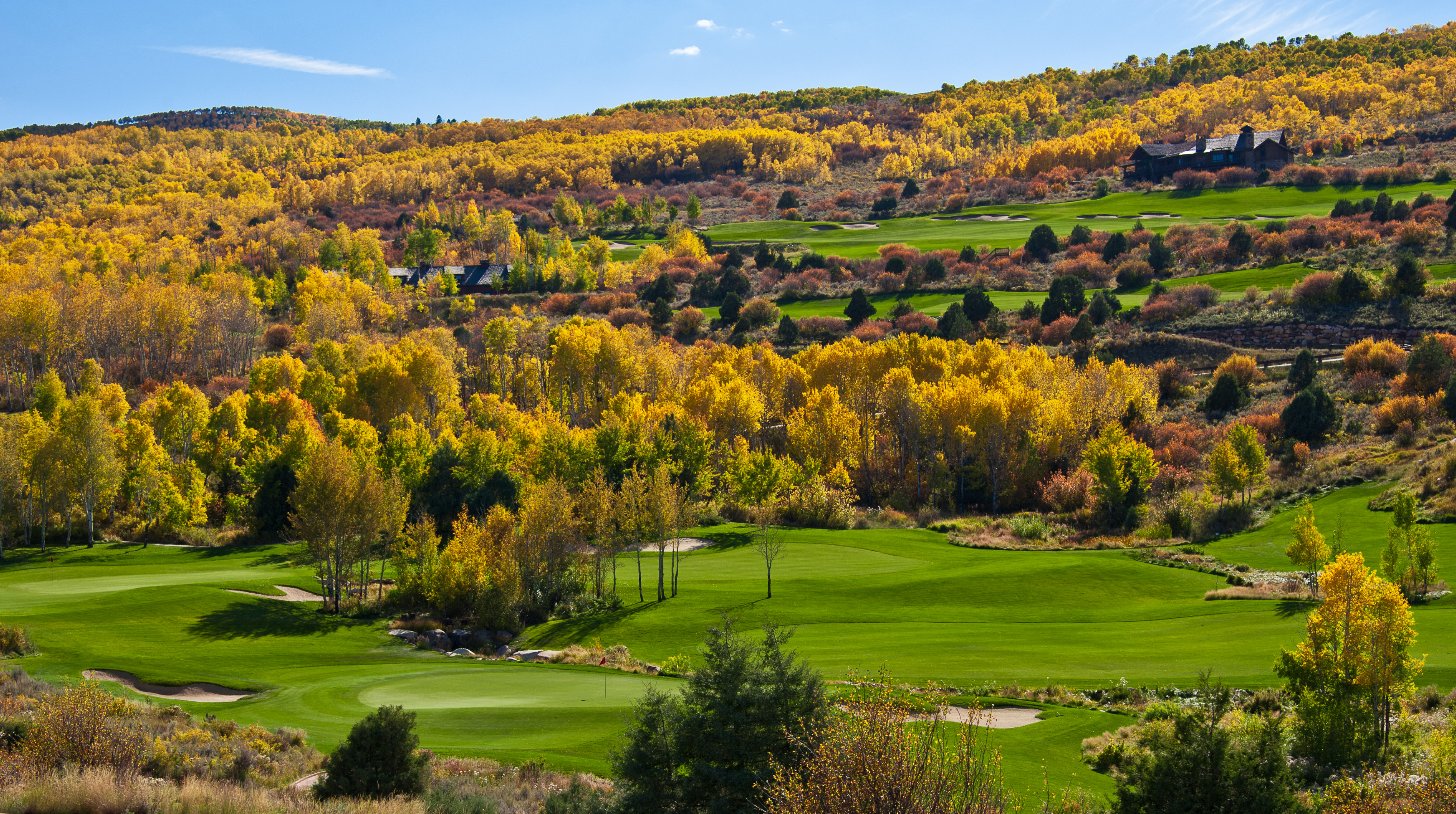When members of Golfweek’s raters panel assess a course, their grade is based on 10 criteria. The last of those criteria, the walk-in-the-park test, is the most subjective item on the list, but also the most important. It speaks to the visceral emotions golfers experience when they walk off the 18th green. Did they enjoy the experience? Did they find the design memorable? Are they anxious to play it again?
Atlanta-based Golfweek rater Neil Negrin finds himself placing more and more emphasis on the walk-in-the-park criteria. He points to Red Sky Golf Club as one of his favorites on this score.
“It’s way up there at the top,” Negrin said. “There’s nothing around there to bother you. The homes are very spread out, so you never get the feeling of claustrophobia whatsoever, and you don’t feel like everybody is doing their lawn maintenance. You’re up there high, almost every hole has a vista of the valley, so it truly is a walk in the park.
 Red Sky Ranch Golf Course
Red Sky Ranch Golf Course
“Obviously, it’s not a walking course. The distance between greens and tees, by necessity, can be lengthy. But the tradeoff is worth it.”
Negrin is one of many Golfweek raters who takes advantage of the direct flights into Eagle County Regional Airport, a 20-minute drive from Red Sky, to play the club’s two courses.
To be sure, Red Sky’s Tom Fazio and Greg Norman courses fare well on all of the ratings criteria. The Fazio Course is No. 1 in Colorado, the Norman Course is No. 4, and both courses show strongly in national rankings.
“I don’t think there’s a setting that can be beat in the Vail Valley or maybe even mountain golf in general,” Red Sky General Manager Andrew Hedrick said. “It’s a unique mountain golf setting spread over 800 acres. The other differentiator is to have 36 holes that are very different from each other in terms of style. If you play the Norman Course one day and go over to Fazio the next day, it’s two totally different experiences.”
The Norman Course is longer but more forgiving off the tee, with gentler green complexes, while the Fazio Course tends to be a target-oriented layout with more contoured greens.
What’s more important, however, are the traits they share. Both were built on a grand scale befitting their setting, unconstrained by any real estate. (There are 87 lots on the property, but as Negrin noted, they have no impact on the golf experience.) Fazio and Norman were given an expansive landscape to build the best possible courses, absent the quirks that sometimes drag down other mountainous layouts impinged by housing. As Golfweek rater Bill Baer, a regular visitor to Red Sky over the past 15 years, said, “You just have to remember that everything is going to break toward the valley.” That’s a feature, not a bug.
The result was courses that not only stand up architecturally, but consistently deliver a series of “Oh, wow!” moments as golfers make their way across one of the country’s most scenic landscapes, savoring views of the back bowls of Vail and Beaver Creek to the east, and Castle Peak to the west.
 Red Sky Ranch Golf Course
Red Sky Ranch Golf Course
“They have the advantage of being in the Vail area, which is a beautiful spot, and they take advantage of that,” said Golfweek rater Mark Marias.
Marias, a Fazio aficionado, is almost lyrical in describing his appreciation for the architect’s work at Red Sky, starting with the opening hole.
“The first hole of the Fazio Course is perfect,” he said. “It’s a dogleg right, but you can play it over the corner if you like, it’s downhill with a beautiful green sitting out on a perch with a spectacular view of the valley.”
Here’s the best part: It’s only going to get better. In conjunction with the original architects, Hedrick and superintendent Michael Miner aren’t resting on their lofty ratings. As with any maturing courses, there’s a need to trim back trees and vegetation to maintain the original sightlines. So they’re reassessing each hole, looking at recapturing all of those magical 360-degree vistas, while also enhancing playability for members and guests.
 Red Sky Ranch Golf Course
Red Sky Ranch Golf Course
“We’re going through a process, like most mature courses, of trimming back a lot of trees, trying to open up sightlines,” Miner said. “That’s been the biggest change over the last five or six years. We want to enhance the golf experience wherever we can, both from an aesthetics and playability standpoint.”

